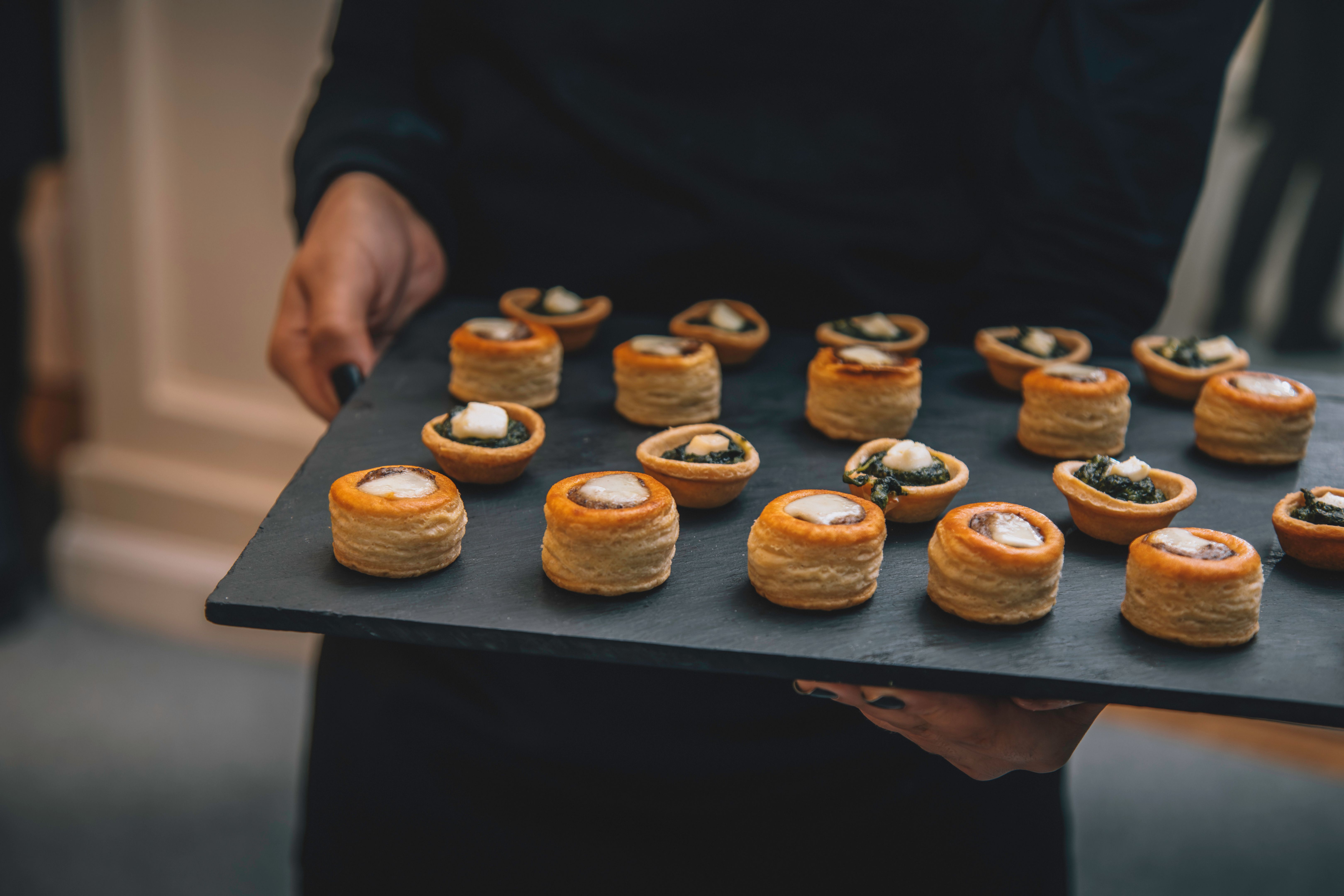Ortolan: The Controversial French Delicacy
Introduction to Ortolan
The ortolan, a small songbird, has long been regarded as a controversial delicacy in French cuisine. Its consumption is steeped in tradition and enigma, often sparking debates about ethics and gastronomy. While some view it as an exquisite culinary experience, others criticize the methods used to prepare this dish.
Once a staple on the tables of French aristocrats, the ortolan's preparation involves a unique and secretive process. The bird is captured alive and fattened before being drowned in Armagnac, a type of brandy. This technique has led to both fascination and outrage among food enthusiasts and conservationists alike.

The Historical Significance of Ortolan
Originating from France, the ortolan has a rich history that dates back centuries. It was considered a symbol of indulgence and luxury, often served at lavish banquets. The bird's consumption was even ritualized; diners would traditionally cover their heads with a napkin while eating, supposedly to capture the aromas and enhance the experience.
The ortolan's allure was not limited to its taste but also its mystique. The secrecy surrounding its preparation added to its appeal, creating an air of exclusivity for those fortunate enough to partake in this rare delicacy.

Controversy and Conservation
Despite its historical significance, the ortolan has become a focal point for controversies related to animal rights and conservation. The method of preparation is considered inhumane by many, leading to a ban on its hunting and consumption in several countries, including France.
This bird is also classified as a protected species under European Union laws. Conservationists argue that the traditional practices threaten its population, which has seen a decline due to habitat loss and illegal hunting.

Culinary Perspective
From a culinary standpoint, the ortolan is often described as having a unique flavor profile, with its tender meat offering a blend of savory and sweet notes. Chefs who have had the opportunity to prepare it speak of its delicate texture and rich taste that is unlike any other bird.
However, due to its controversial status and legal restrictions, the ortolan is rarely seen on menus today. Some chefs have attempted to recreate the experience using alternative ingredients, but purists argue that nothing compares to the original.

The Debate Continues
The debate surrounding the ortolan continues to divide opinions. On one hand, there are those who advocate for preserving culinary traditions and argue that such practices are part of cultural heritage. On the other hand, modern sensibilities call for ethical considerations and sustainable practices in gastronomy.
This ongoing conversation reflects broader themes in the world of food, where the clash between tradition and modern ethics often plays out. As society evolves, so too do our attitudes towards food and how it is sourced.

Conclusion
The story of the ortolan serves as a fascinating case study in how food can embody cultural, ethical, and ecological issues. It challenges us to think critically about what we eat and why we eat it, prompting discussions that extend beyond the dining table.
As we move forward, balancing tradition with ethical responsibility will be key in shaping the future of gastronomy. Whether or not the ortolan will find its place in future culinary landscapes remains uncertain, but its legacy continues to spark curiosity and debate.
